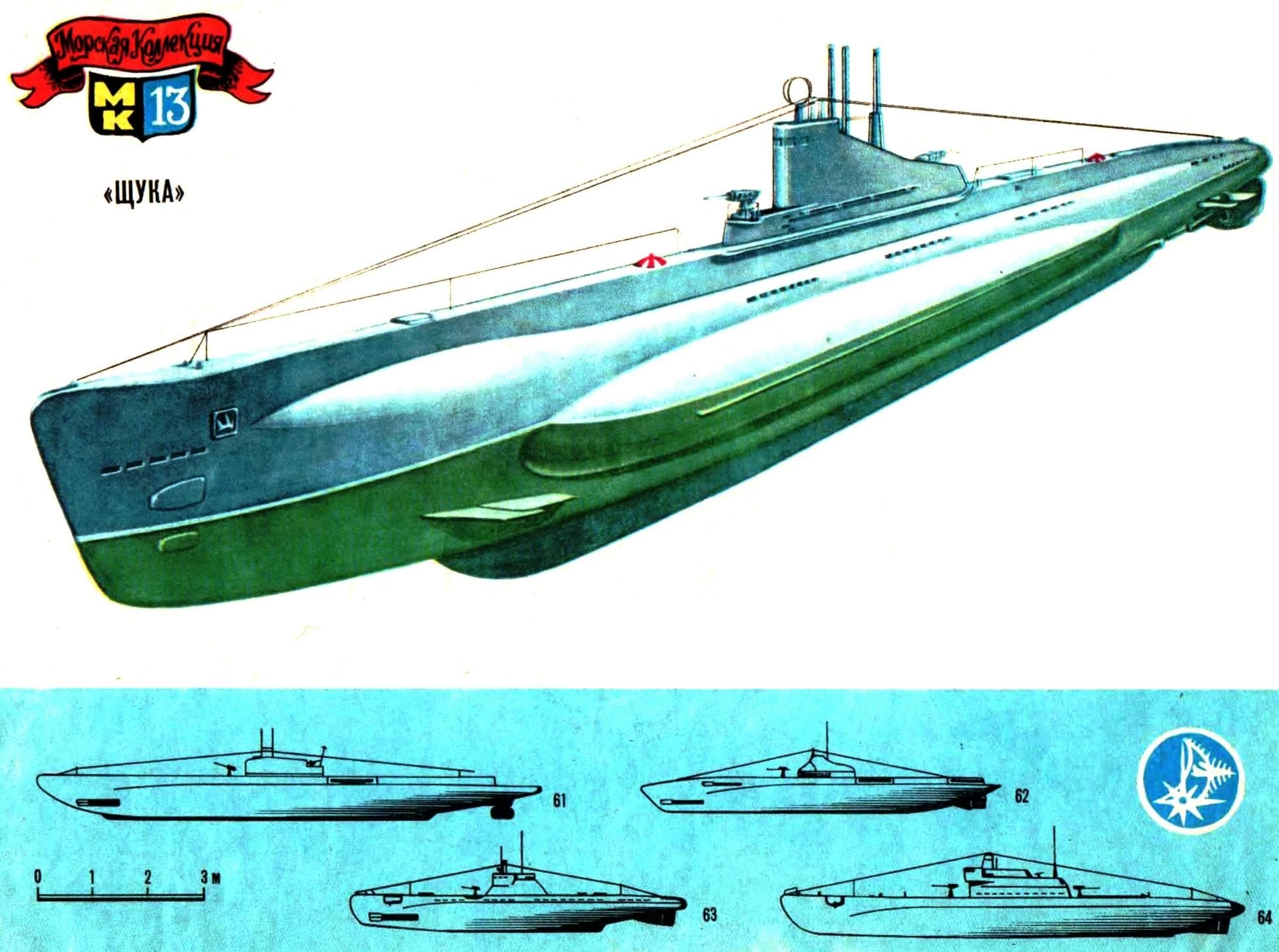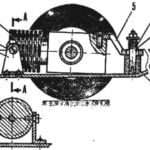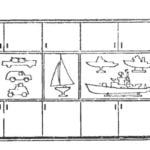 No prior war had given such a diverse experience of sea action as the first world. Never before has combat experience has not been studied so carefully. And never before this experience is not done the conclusions so contradictory.
No prior war had given such a diverse experience of sea action as the first world. Never before has combat experience has not been studied so carefully. And never before this experience is not done the conclusions so contradictory.
So, the British strategists saw the submarines main weapon anti-submarine warfare and naval blockade. The Americans considered their main goal of fighting the enemy ships. In Japan tried to create boats able to operate in the squadrons. Finally, the Germans, believing that the main task of submarines in the coming war will be the fight against the enemy merchant fleet, assigned to underwater vehicles in second place after the surface raiders. Quantitatively the largest underwater fleet before world war II were French and Italian respectively 77 and 115 boats. About them our story.
In France the most famous from the experts were used in this period, the submarine “Surcouf”. This ship was struck by the size and weaponry. With a length of 129 m and a surface displacement of 3300 tons it had two 203-mm guns, which can be charged and direct on target at periscope depth, two 37-mm anti-aircraft machine gun, 4 machine guns, and 14 torpedo tubes — 6 bow and 8 deck. Even reconnaissance seaplane, placed in a sealed hangar Bay was at the “Surcouf”. The tower, deck and cockpit was protected by armor, the power plant with a capacity of 7600 HP reported a maximum surface speed of 18 knots, cruising range amounted to 12 thousand miles. However, this unique ship has determined the face of the French submarine fleet.
The reader will recall that because of the constantly changing shipbuilding programmes of the submarine fleet of France during the first world war was a conglomeration of assorted ships. The French have taken into account This error and since the early 20-ies started building boats in large quantities. So, in the years 1924-1926 has been put into operation 9 submarines, long-range type “Roken” displacement 1200/1432 so For them in 1928 was followed by two boats of the type “Redoutable” (61). They laid the Foundation for the construction of the so-called 1,500-ton boats is a long-range, determined by the beginning of world war II, the face of the French submarine fleet. Armed with the 11th torpedo tubes — 4 bow, 7 deck, — the boats of this type could speed the surface speed of up to 21 knot and had a cruising range of 8 thousand miles. All large boats, Designed by designer Receberam, were a group of boats of the V class.
At the same time were built boats II class. Getting them to put the “Ondina” (62) “Norman-Pheno”; she was armed with 7 torpedo tubes — 1 bow and 6 deck, developed a speed of 14/9,5 knots and had a range of spitting three thousand miles. 32 these submarines along with “redoutable” was the main core of the French submarine fleet.
The Navy were also six submarine minelayers of the “Sapphire” 1928-1935 years of construction. The rapid capitulation of France in the second world war put the sailors In a very dramatic position. The lion’s share of submarines — 29 — was blown up by their own crews, 23 boats had passed to the allies, and the rest did not last long.

61. “Redoutable” (France, 1928);
62. “Ondina” (France, 1925);
63. “V. Argonaut” (Italy, 1931);
64. “Pietro Calvi” (Italy, 1934)
During the great Patriotic war submarines of the type “U” were the most numerous boats in the Soviet Navy. It is the “pike” — North sea U-402 — 14 July 1941 opened battle by the Soviet submariners. For military exploits in the war, the guards title was awarded 5 “pike”, the order of the red banner of 10, and one of the “pike”, Shch-402 was both guards and red banner. No other type of ships in the Soviet Navy has not received such a number of honorary titles and awards.
Italy, like France, did not lose time in between wars. The construction of a modern submarine fleet began here in 1926 — 1927. Aiming to turn the Mediterranean sea into a “Mare Nostra” — “the sea,” fascist Italy’s main emphasis is on a boat of average displacement. They began to build in 1924, when he laid a series of the type “Eat” and “Mameli”. When the displacement 790/1000 t they carried one 100-mm gun and 6 torpedo tubes. Speed 17/9 knots. In 1928, followed by boats of type “Located” and “Santarosa”, in 1931 began to build many boats “V. Argonaut” (63), and in 1933 — the type “Siren”. The program 1935-1937 years laid the so-called small cruising boats like “Pernod” and “Argo”, differing only by the increased depth of the dive. They were all armed with one 100-mm gun and 6 torpedo tubes. The beginning of the war they formed the basis of the Italian submarine fleet.
At the same time developed and boats larger displacement. The most successful among them was considered the submarines of the type “Pietro Calvi” (64). When the displacement 1475/1998 t and a speed of 17/8,5 knots they carried two 120-mm guns and 8 torpedo tubes.
In addition, in Italy, built a new underwater craft, right from the time of the first world war remained boats of small tonnage for operations in coastal waters.
Since the beginning of hostilities until July 1943, when Italy withdrew from the war, the entire submarine fleet fought mainly in the Mediterranean and in the Atlantic. Results of operations — sunk and damaged the allied ships a total displacement of 700 tons, 7 sunk and 7 damaged warships. But got it all Italians dearly. During the war 84 the Italian boats were sunk, 34 surrendered, 10 were captured by the Germans, 20 destroyed their crews, 9 were disarmed.
Thus, the share of the largest Western European submarine fleets fell the most minimal success. And this fact was one of the most unexpected surprises in the Torah world war for the French and Italians.
The years of construction………1433-1941
Displacement, t………700/584
Power, HP………..2X800/2X400
The speed, node……….14/8
Length, m…………58
Width, m ………..6
The working depth of immersion, m . . .90
Armament:
bow torpedo tubes …. 4
the aft torpedo tubes 2 …
the supply of torpedoes………..10
guns of 45 mm………..2
machine guns ………… 1
The numerator data for the surface position; in the denominator — for an underwater position.
G. SMIRNOV



